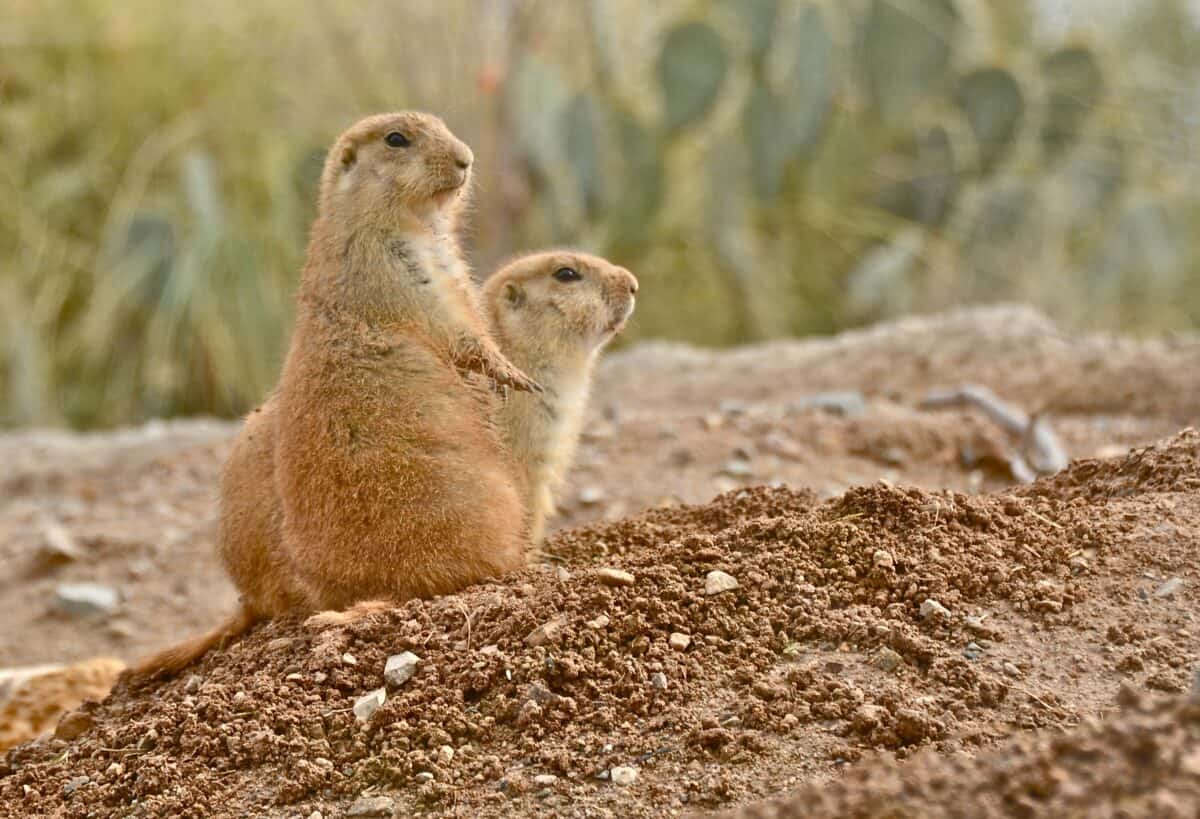America’s wildlife is as diverse as the landscapes. This article showcases ten iconic animals found across the United States. From the grizzlies in the northern wilderness to the sea otters along the California coast. This article offers a glimpse into America’s incredible wildlife.
1. The Grizzly Bears of Alaska
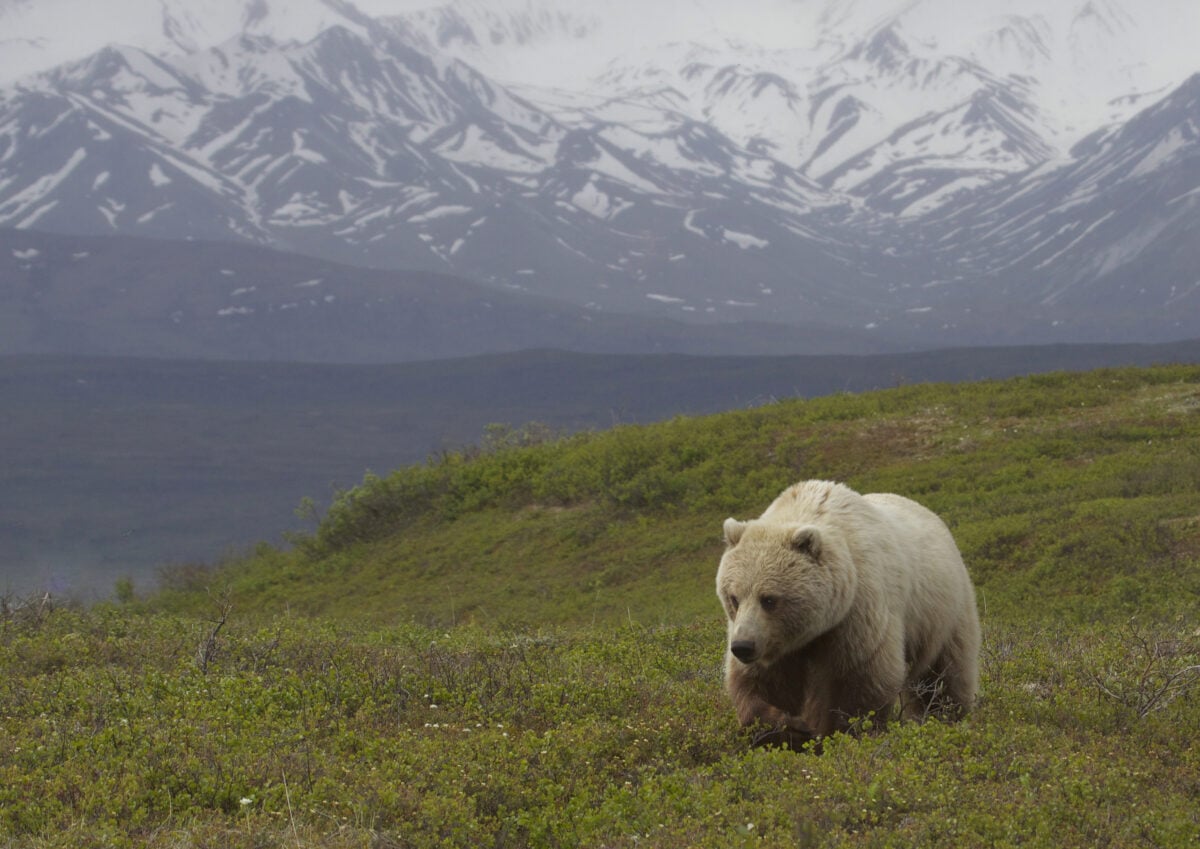
Grizzly bears are a brown bear subspecies and are among North America’s most iconic wildlife species, particularly in Alaska. They can be found in various habitats across Alaska, from the coastal areas where they fish for salmon to the alpine meadows and Arctic tundra. They require large territories for foraging and mating. Grizzly bears are not listed as endangered; however, they are protected under the Endangered Species Act. They are threatened by habitat fragmentation and loss. Although grizzly bears are solitary animals, they communicate with one another through vocalizations, body language, and scent marking.
2. The Bald Eagles of Washington

The bald eagle has been America’s national bird since 1782. This magestic bird is distinctive with their white heads and tails and contrasting dark brown bodies and wings, which have captivated the hearts of America. Although they are one of the most celebrated birds of America, the bald eagle faces numerous threats that have led to their dramatic decline. These threats include habitat destruction, hunting, and the devastating effects of pesticides like DDT. Fortunately, with protective measures, including banning DDT pesticides, the bald eagle populations have recovered from only 417 nesting pairs in the 1960s to over 14,000 nesting pairs!
3. Bison in Yellowstone National Park
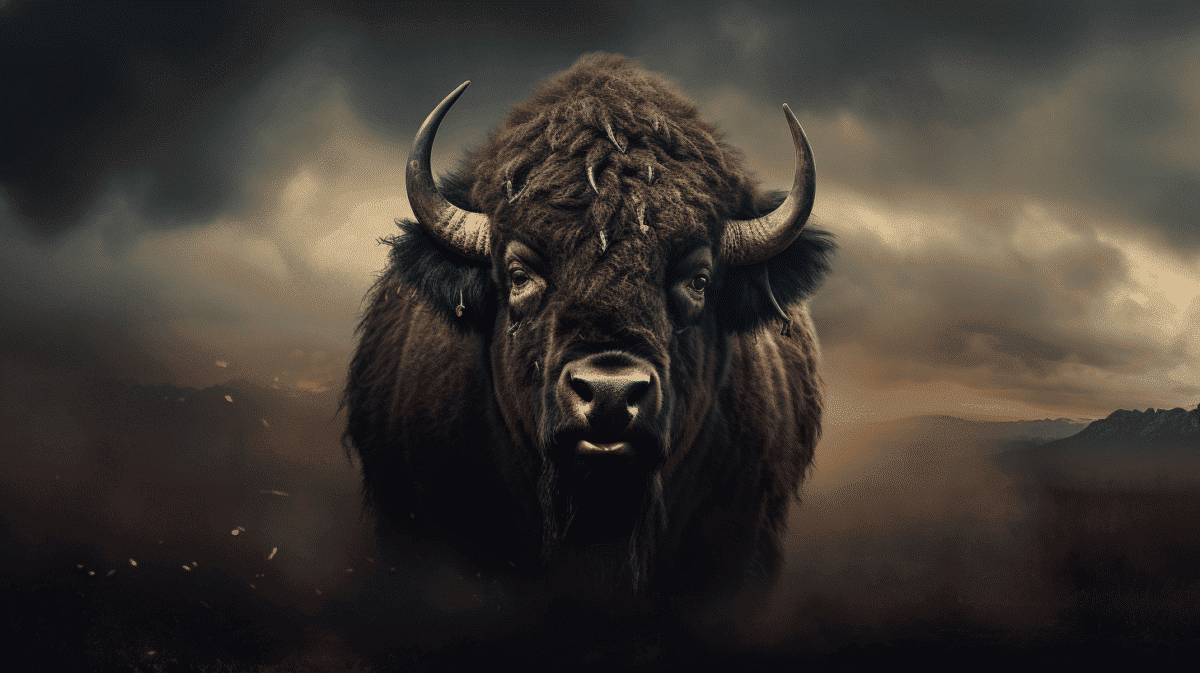
Yellowstone National Park is home to America’s oldest and most famous bison herd. This species is an iconic example of successful conservation. In the late 1800s, American Bison populations were fewer than 1,000 individuals. However, Yellowstone National Park and additional protective measures have allowed populations to recover. Today, in Yellowstone National Park alone, there are approximately 4,800 bison. These majestic creatures play an important role in maintaining the health of the region’s grasslands.
4. Alligators in Florida Everglades
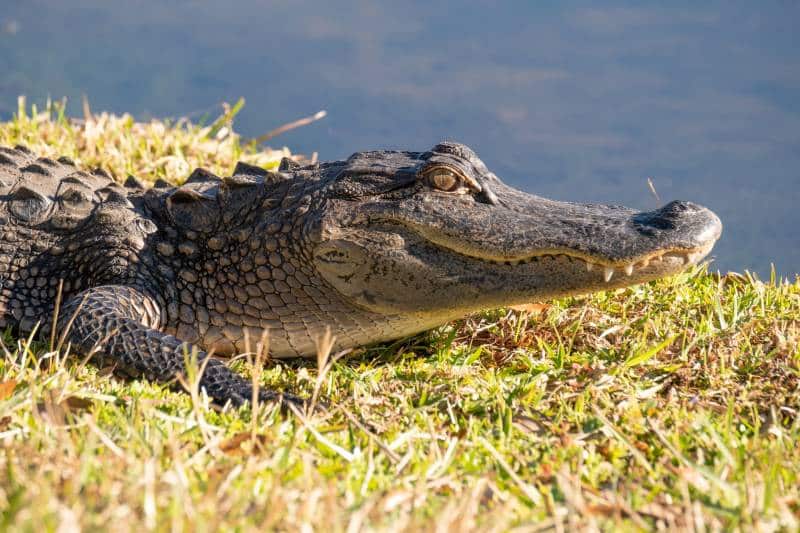
The American alligator is also an example of successful conservation. This species was once listed as endangered due to hunting and habitat loss. It has, however, made a remarkable recovery and now thrives in Florida’s Everglades wetlands. This recovery is credited to wildlife management and conservation efforts, including the protection of their habitats and restrictions on hunting. Alligators can be frequently spotted along the Anhinga Trail in Everglades National Park.
5. Elk in Rocky Mountain National Park
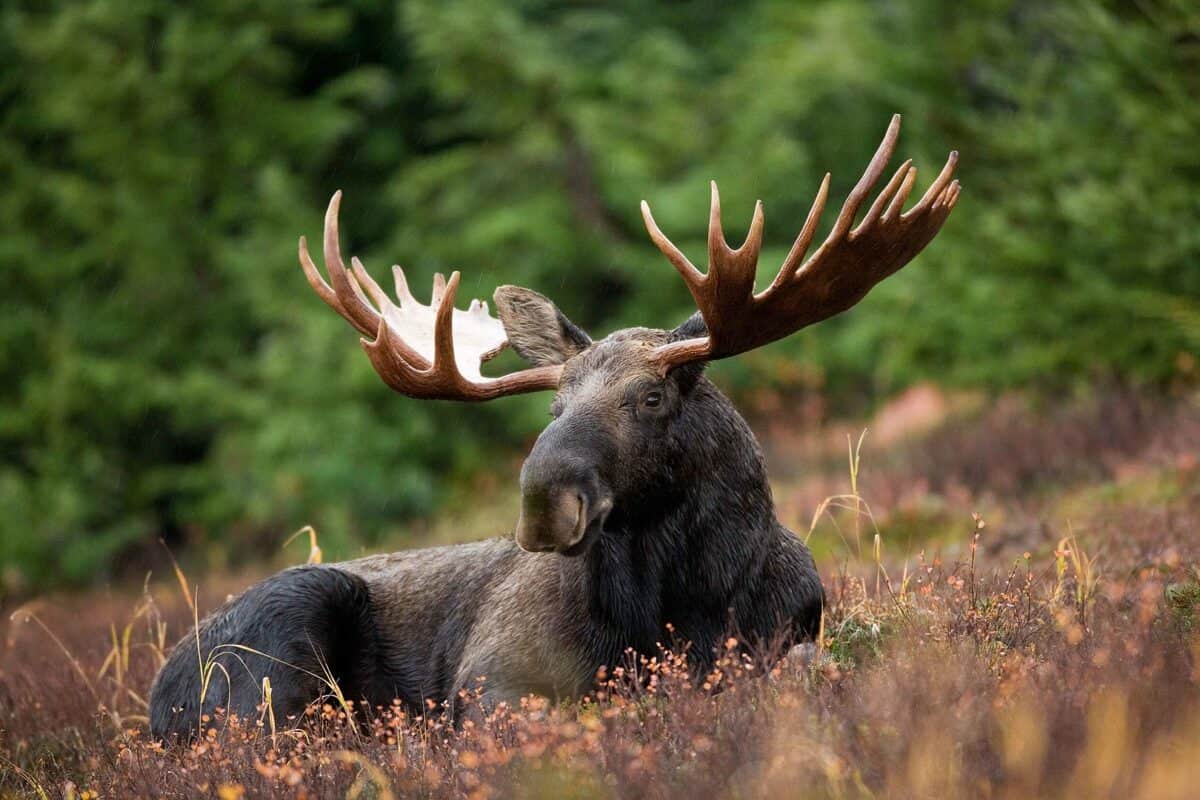
Rocky Mountain National Park provides a refuge for the iconic elk. Their impressive antlers are a spectacular sight that attracts numerous visitors to the park. Interestingly, Elk antlers can grow an inch per day during the summer, making them the fastest-growing mammal bone.
6. Sea Otters in California
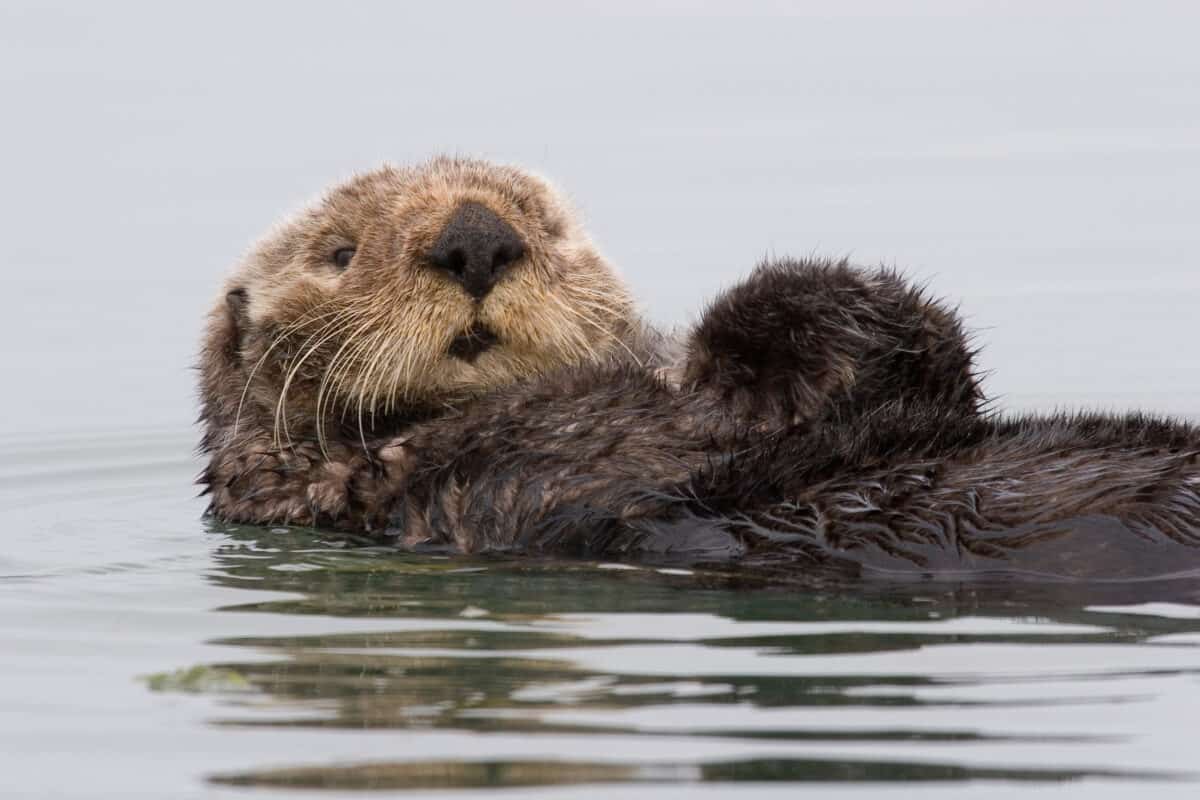
Sea otters were once hunted nearly to extinction for their dense fur. However, their populations have significantly recovered along the coast of California. The Marine Mammal Protection Act has played a crucial role in conserving sea otters. Sea otters are keystone species and play an important role in maintaining the health of kelp forest ecosystems by preying on sea urchins. Sea Urchins can decimate kelp if populations get out of hand.
7. Mustangs in Nevada
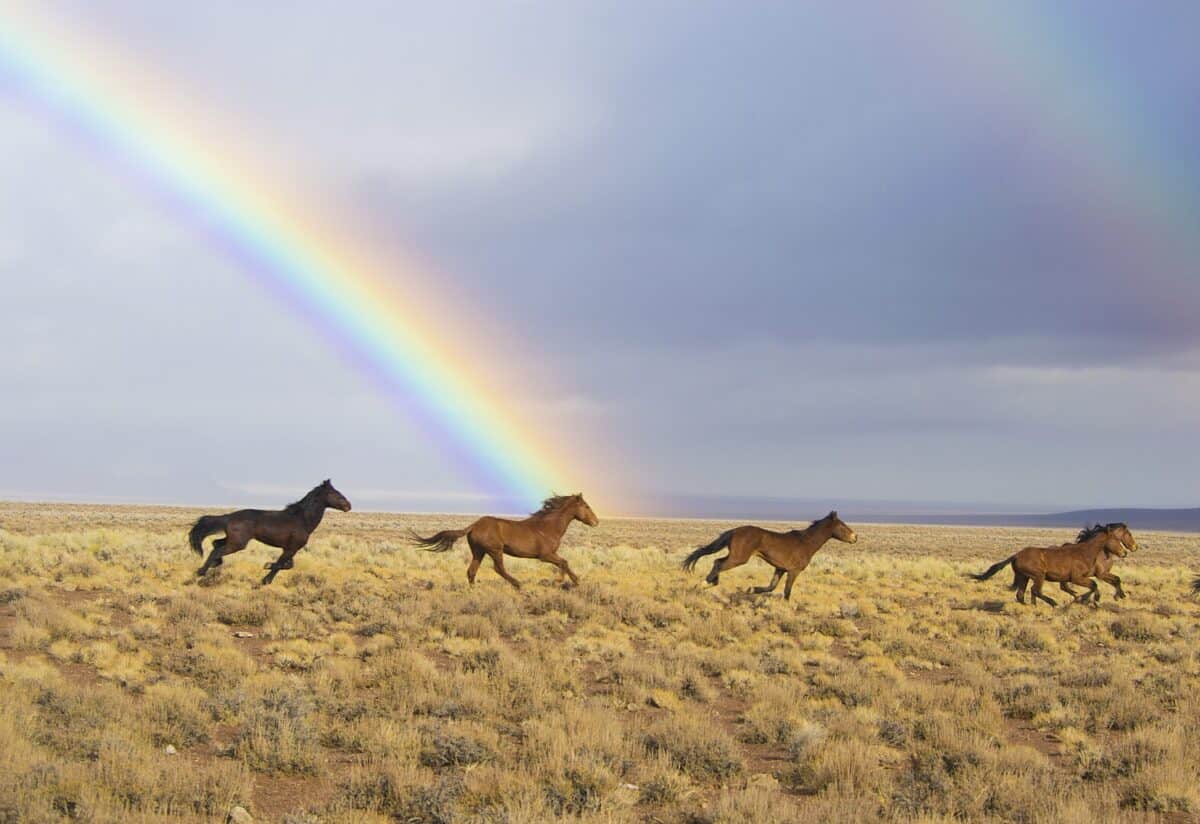
The Mustang symbolizes the American West’s wild and untamed history. These feral horses are descendants of domestic horses brought in by Spanish explorers. They have since adapted to survive the harsh and arid deserts of Nevada. Conservation efforts of the Bureau of Land Management have helped manage populations. Nevada’s landscapes offer the best opportunity to observe these magnificent animals in the wild.
8. Manatees in Florida
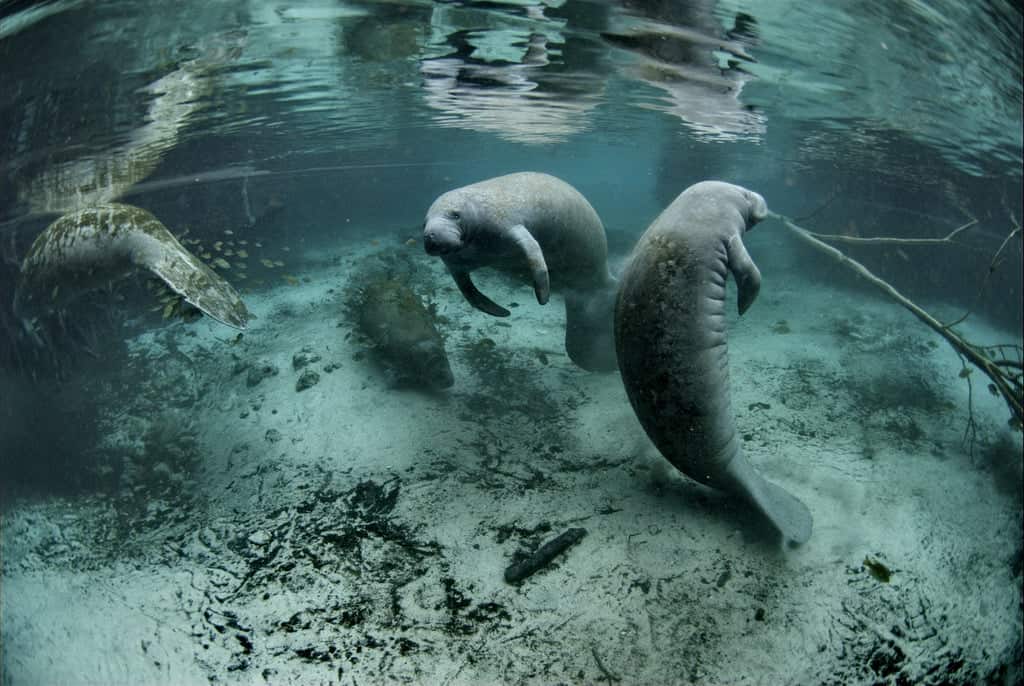
Manatees, often called gentle giants or sea cows, are a beloved feature of Florida’s coastal waters and rivers. These marine animals are known to be slow-moving and peaceful. Conservation efforts, including regulated boat speeds in manatee habitats and habitat restoration projects, have been pivotal in protecting these creatures.
9. Wolves in Yellowstone National Park
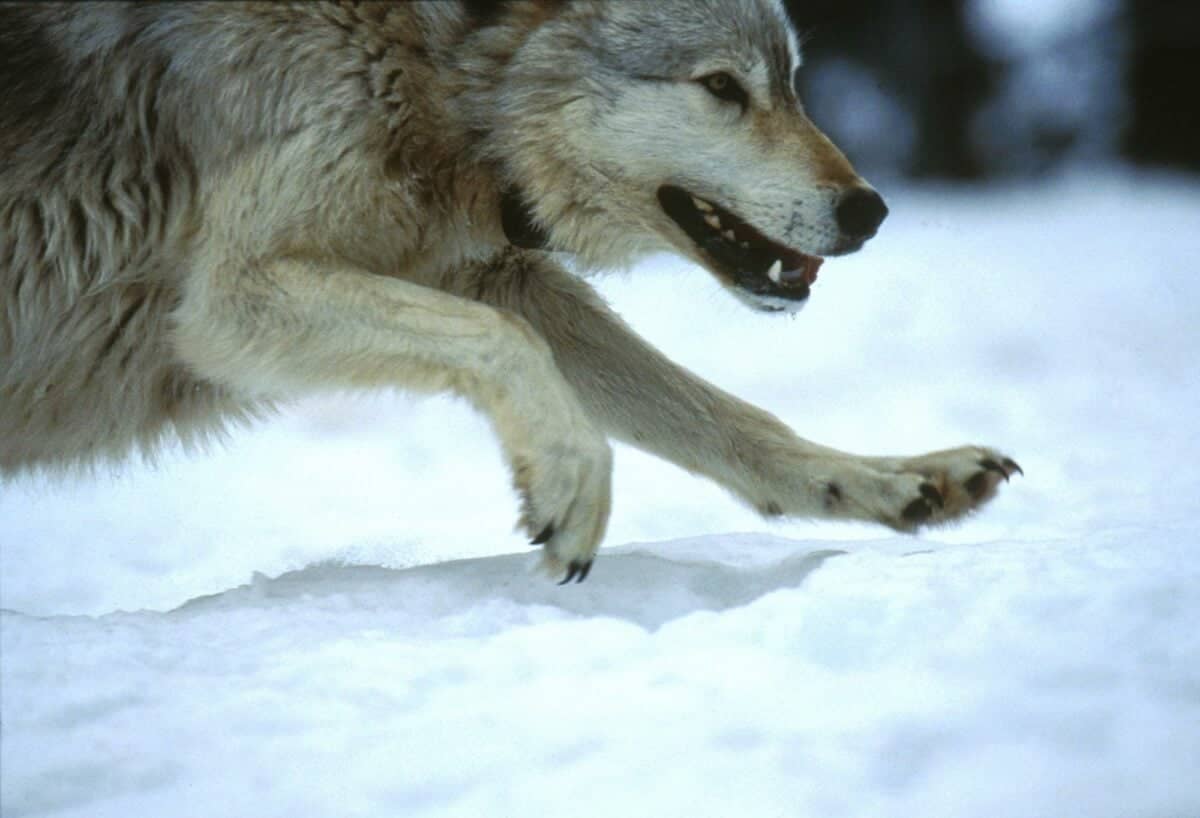
This, in turn, has benefited other species and improved the ecosystem’s overall health. Today, the wolf population in Yellowstone is stable and serves as a model for predator reintroduction efforts worldwide. Visitors to Yellowstone have the unique opportunity to observe these apex predators in their natural environment.
10. Prairie Dogs in the Great Plains
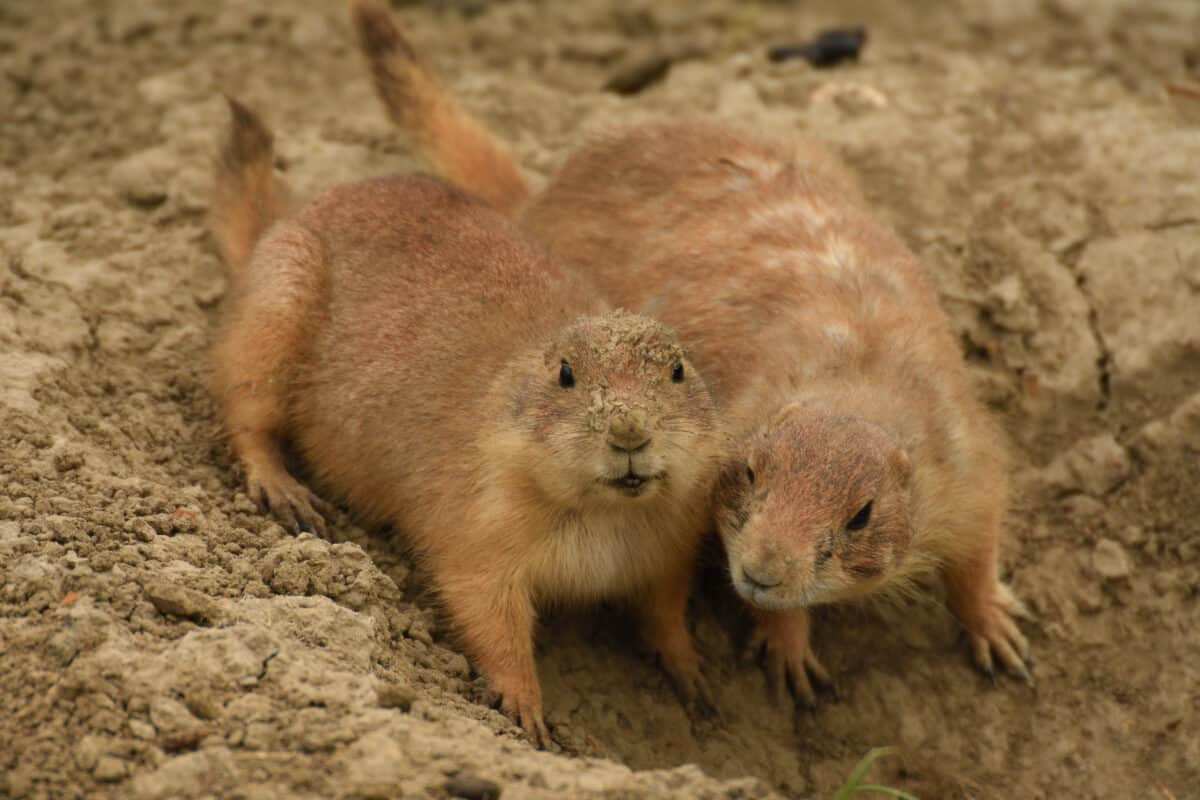
The adorable prairie dogs are social, burrowing rodents native to the grasslands of the Great Plains. They are known for their intricate underground colonies, called towns, which can house hundreds of individuals. They serve as a key food source for predators like hawks and ferrets. Additionally, their burrowing activity aerates the soil, helping to maintain healthy grassland ecosystems.
Conclusion: Animals in America
America boasts an incredibly diverse array of wildlife that captivates nature enthusiasts worldwide. The conservation efforts undertaken to preserve these species have proven successful. Each conservation of each animal has had an effort on the health of the entire ecosystem in which it lives. Our continued commitment to protecting these keystone species will aid with preserving the ecosystems in which they live.
How many of these majestic animals have you seen in the wild?
You might also enjoy:
These 45 Animals Are The Most Extreme in North America
Five Most Dangerous Animals in South America
America’s Favorite State Birds: A Coast-to-Coast Guide
Join our Forum for free today!

- The Bond Between a Wild Baby Bison and Her Rescuer - July 20, 2024
- An Excited Husky’s First Ever Time in Snow - July 20, 2024
- Top 20 Colorful Species To Brighten Your Day - July 14, 2024

